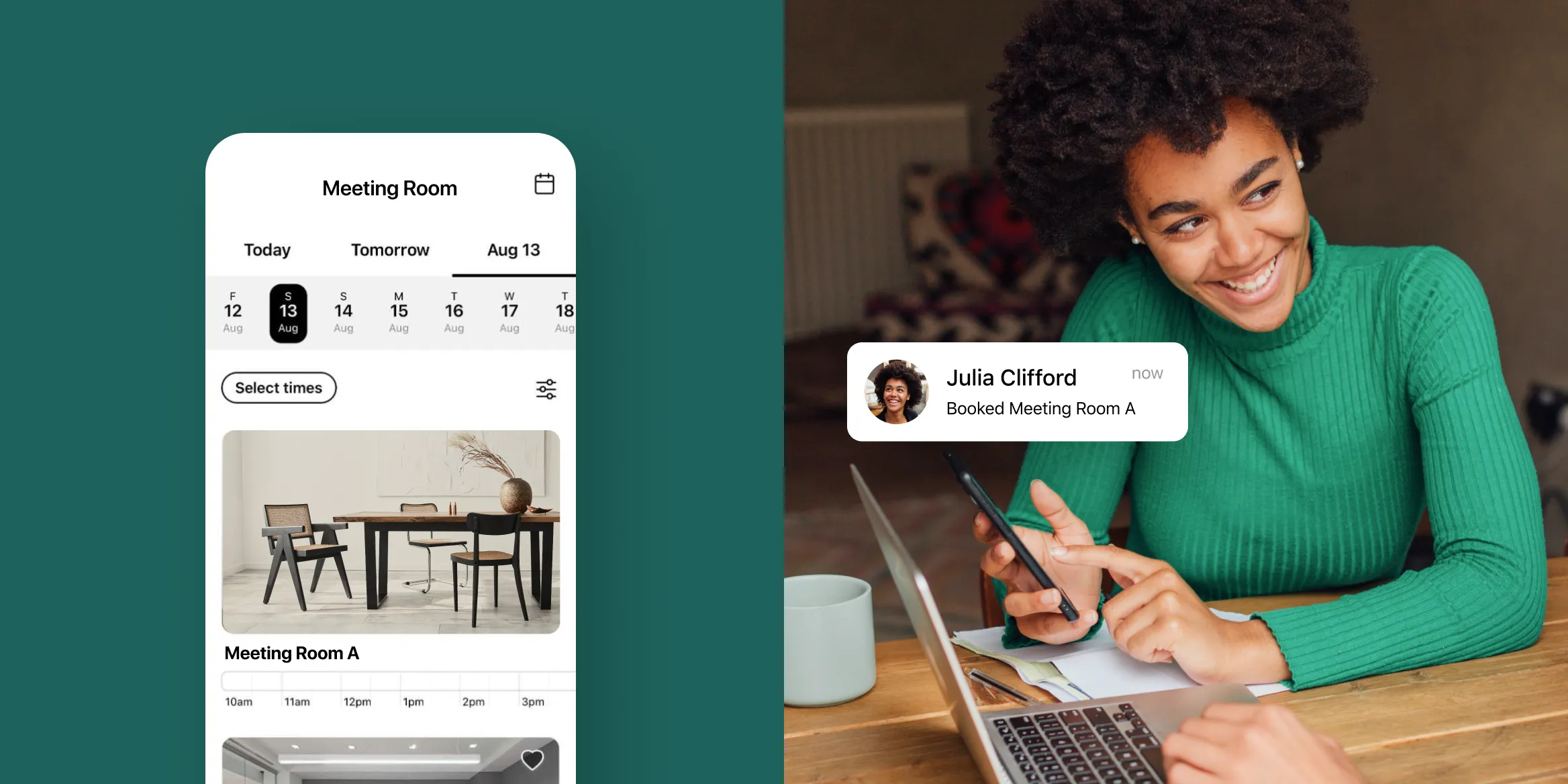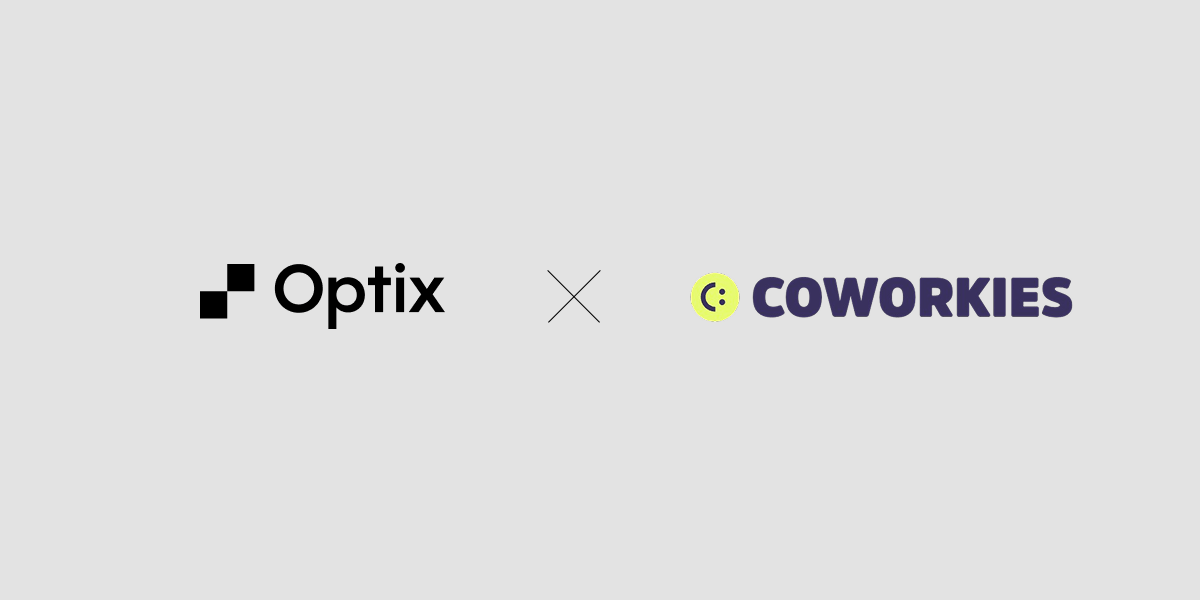
Summary
- Having a hybrid work model and flexible work will be required to attract and retain top talent
- Operational costs can be significantly reduced through a hybrid or work from home model
- You can grow a more diverse talent pool through a hybrid work model, as you’re now able to hire from anywhere in the world
As the threat of the COVID persists, our stop-start return to normalcy has forced business leaders to rethink their old ways. One of the biggest re-evaluations is how employees will come together in the post-pandemic world. Settling into more than a year and a half of remote working, employees are questioning the need for in-person work and calling for a more flexible future.
The definition of flexible working can vary; companies like LinkedIn are boldly switching to a fully remote or “work from anywhere” model, while others are opting for a hybrid work model. Corporate giants such as Google, Facebook, and even HSBC have already announced a “3-2 plan” that would strike a balance between days at home and on-premise in any given week.
This hybrid model is seen as the perfect middle ground, accommodating both the employees’ preference for more flexibility while enabling businesses to recruit top talent, reduce costs, and innovate. It’s also an exciting trend for coworking spaces to capitalize on and be part of the hybrid solution that is offered to employees.
Being flexible is a recruitment and retainment edge
Having a hybrid work model will be required to attract and retain top talent. Not only will it be a recruitment edge, but it will also help increase workforce happiness and productivity. Overall, employees that are working from home are said to be 22% happier than those commuting to the office. Away from workplace distractions and in a quieter home setting, a recent Stanford study found that WFH increased productivity by 13% while employee turnover was reduced by 50%.
Examples like Goldman Sachs taking a hardline approach to work and its CEO’s comments about “remote work being an aberration”, have industry experts questioning whether companies that aren’t willing to adapt, will ultimately lose in the race for top talent. A recent McKinsey report found that more than 25% of employees would switch jobs if their employer reverted to 100% in-person work.
Companies cannot ignore how attractive work flexibility is to employees today as another survey revealed that flexible working is deemed to be equivalent to “about 6% of wages.” Many firms, like UBS AG, are reacting to the Goldman fiasco by advertising their hybrid work model in the hopes of attracting more talent.
Opportunity to significantly reduce operational costs

Before the pandemic, many companies had invested large sums of their annual budgets in building and maintaining impressive workspaces catering to their workers’ many needs. As a result, businesses boast an impressive global real estate portfolio and it is no surprise that real estate costs are usually the second-highest operating expense after wages.
However, with the advent of hybrid working, companies have a chance to optimize their now underutilized workspaces. Many businesses are already downsizing their office premises – either by overhauling dedicated employee desks in favor of hot desks or offsetting their costly long-term leases through sublets or subleases.
Tightening these costly loose ends, companies are able to enhance the employee experience by transforming the office to be an amenity hub. Softwares like Optix that enable employees to seamlessly access the resources, services, and amenities that the office has to offer, will support employee engagement and drawing employees back into the office to access these amenities.
Chance to innovate and grow talent pool

As businesses overhaul their real estate portfolios, remote employees have started to experiment with the boundaries of work. Many workers have left crowded cities or moved to entirely different corners of the country giving rise to the “work from anywhere” mantra. Subsequently, businesses stand a chance to do some experimenting themselves with the hybrid work model. One example of this is the central office “hub” and a series of connecting “spokes” or satellite offices through coworking or flex workspaces.
Instead of employees always needing to commute into the HQ, employees are given a chance to get out of their homes and drive to a nearby flex or coworking space, where they will enjoy the buzz of a workspace and connect with colleagues, without exhausting their time and resources.
Organizations stand to benefit from setting up “spoke” offices as well; through flex or coworking spaces, businesses can easily tap into new markets without a large overhead. By establishing a ‘home’ for your employees within a coworking space provider, for example, businesses can expand into new territories or attract top talent in a burgeoning market.
Future-proofing your business and shifting the work paradigm

Employment experts predict that in 10 years’ time, there will be a 60/40 split of onsite/remote work. Needless to say, hybrid work is no longer a buzzword, but the new way of working. As millions of people are taking ownership of their work environments, business leaders are rethinking their workspaces and ways of collaborating. Meanwhile, the world as a whole is entering a new phase of reckoning.
Interested in transforming your HQ into a flexible workplace?
Optix is the operating system to simplify running flexible and hybrid workplaces. Book a demo to speak with someone from our team to learn more!



